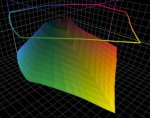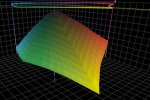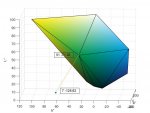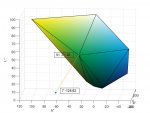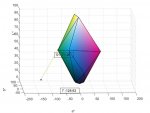Converting a Lab value (7, -128, 63) into CMYK.
When I use anything but my custom CMYK profiles, I get predictable results. A very dark green; basically black.
However, if I use my profiles, I get green, minus 3rd color and minus black. Cyan and Yellow only!
So obviously it's my profile. Can anyone help with this?
I'd like to attach one of my profiles for anyone's inspection, but can't seem to do it. Invalid file type.
When I use anything but my custom CMYK profiles, I get predictable results. A very dark green; basically black.
However, if I use my profiles, I get green, minus 3rd color and minus black. Cyan and Yellow only!
So obviously it's my profile. Can anyone help with this?
I'd like to attach one of my profiles for anyone's inspection, but can't seem to do it. Invalid file type.



